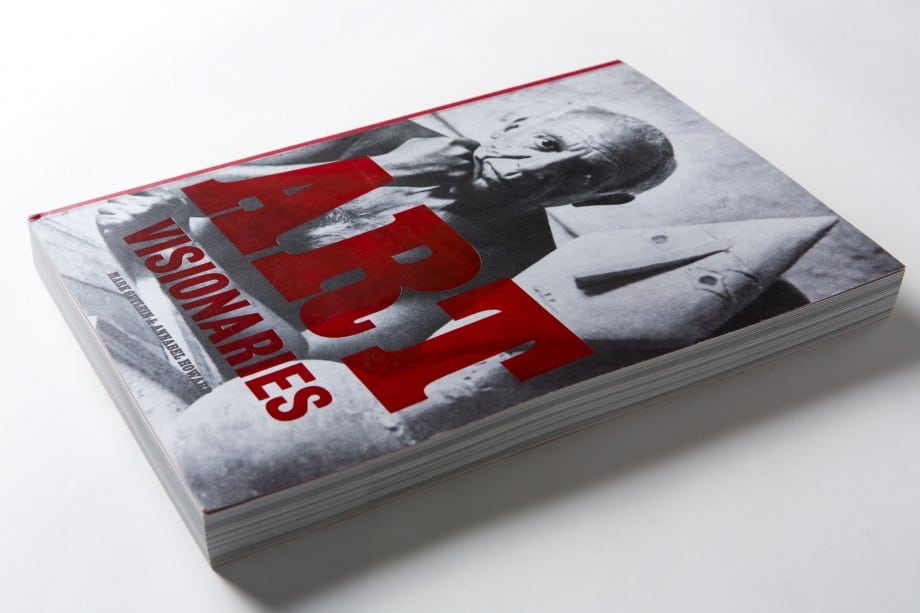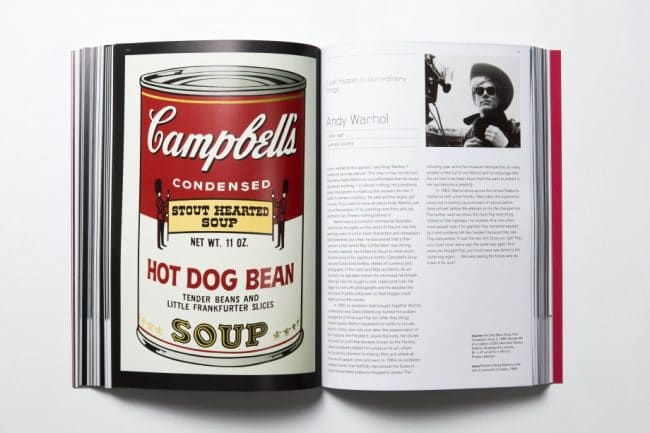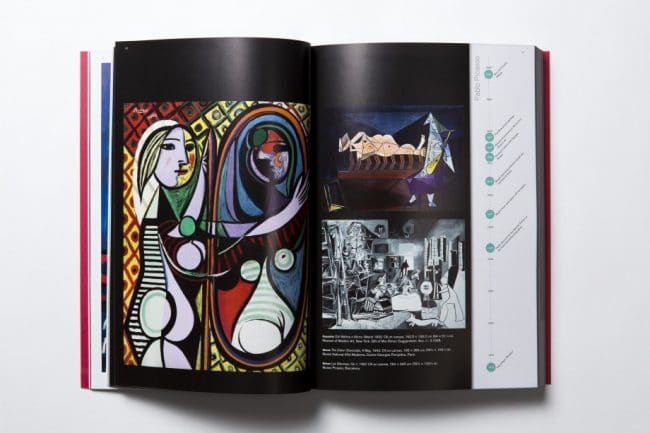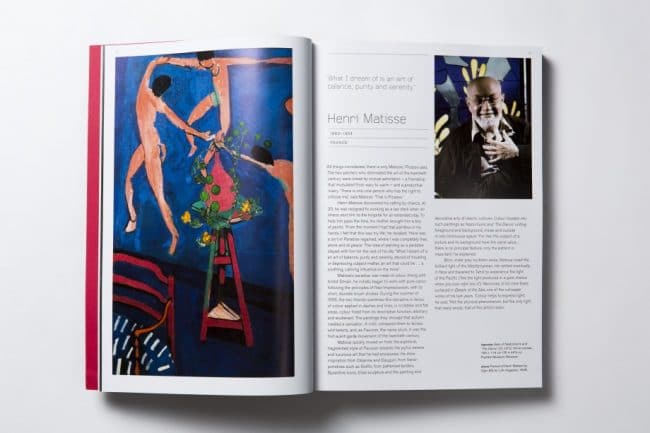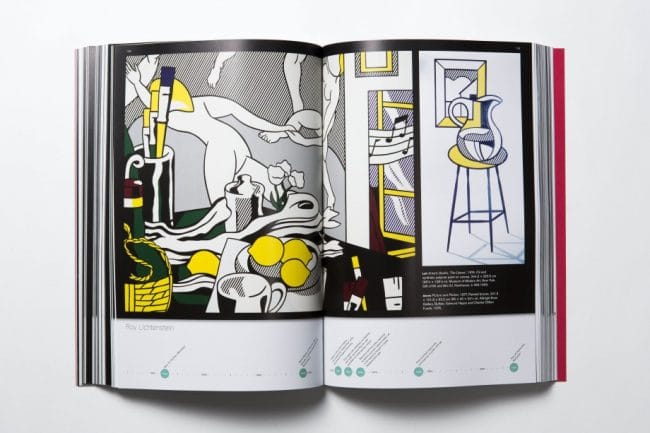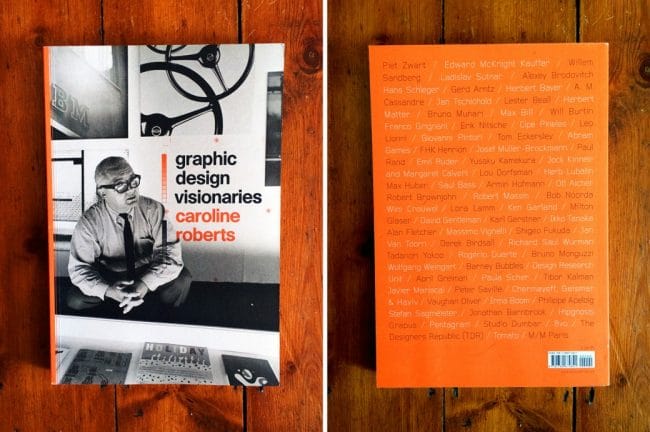Art Visionaries is the latest publication from Laurence King Publishing, specialists in publications on the creative arts. This handsome and substantial softcover carefully lists seventy five of the ‘most influential figures in the history of art’ with an admirable clarity. Each artist is introduced on a double spread with a full page illustration of a key work and then a few hundred words that attempts to explain both their significance and artistic lives.
The copy is extremely well written and one can only admire the self control and skill required to abstract the life of say, Picasso, in to such a brief and highly readable summary. The writers manage to include snippets of interest and plenty of snappy quotes, useful even for those who may feel that they already know these artists well. “Nobody can own this project, nobody can buy the project, nobody can possess the project or charge for tickets” stated Christo & Jean-Claude, whilst Kasimir Malevich observed “I have dragged myself out of the rubbish pool of academic art“.
A further double page spread illustrates more key works with a useful graphic artistic timeline. The extra illustrated pages allocated to each artist are nice but sometimes a double-edged sword. Whilst allowing images of more than one key work, it sometimes is not enough for a deeper analysis. As an example Gerhard Richter – not unusual as an artist who went through a number of styles in his lifetime – does not get any of his abstract works featured.
Although it is not immediately clear from either the cover, this is a list of 20th century artists. There is also an almost total absence of artists from China, Africa, Asia and Oceania, along with Native and Folk artists and – although not stated anywhere – this volume therefore represents ’western art’ only. Fine, but it is better to be clear in the cover notes or introduction.
There are lots of American artists, and with the exception of Frida Kahlo, Nam Jun Paik, Yayoi Kusama, Mona Hatoum and Gabriel Orozco, the remaining entries being Western European and Russian. The Brits do not do too well: Henry Moore, Francis Bacon, Andy Goldsworthy alongside nineties entries Damien Hirst and Rachel Whiteread, who make it in.
There were naturally some tough choices at either end of the century. Gaugin & Cezanne for example died too early in the 20th century to deserve entry but it is harder with those like Munch, who was a key influence for the Fauvists, exhibited with them and worked until his death in 1944, but perhaps harshly does not find himself included.
It is of course a thankless task to condense a roll call of thousands down to any sort of ‘popularity contest’ and everyone will find some of their favourites excluded and will disagree with some of those included. There are difficult choices, Italian Futurist Filippo Marinetti is featured but Vorticist Wyndham Lewis misses out. We are disappointed Max Ernst doesn’t feature and neither does Man Ray, Kurt Schwitters or John Baldessari – surely all true visionaries?
Interestingly, other than on the cover, there is no mention of ’Visionaries’. This is quite a powerful word and implies rather more than a list of big name artists from a specific era. A typical relevant definition is ‘a person with the ability to imagine how a country, society, industry etc will develop in the future’.
Despite discovering the fact that the book is actually part of the publishers ‘Visionaries‘ series (Architects, Design, Photography etc that are strangely not mentioned anywhere in the book) the impression is left that the title does not represent any sort of driving force behind the selection process.
We loved this book, and even if Art Visionaries could have been something more – perhaps a more detailed analysis of those artists like Picasso, Duchamp and Beuys who could have been perhaps considered as most ‘visionary’ – this is nevertheless an excellent, highly enjoyable and nicely designed volume well deserving a place on any arty bookshelf.
To purchase a copy visit here
For more information visit Laurence King Publishing




